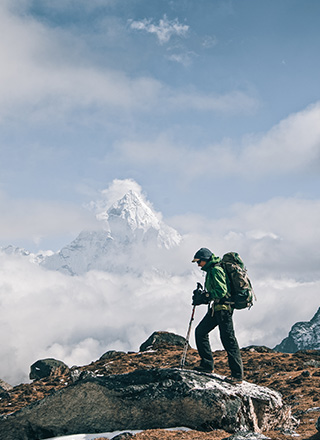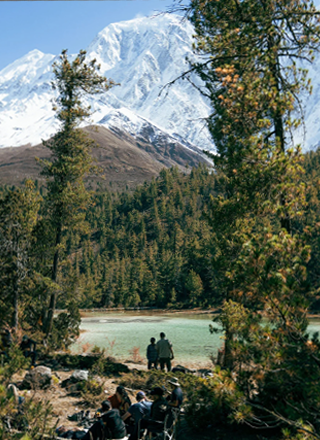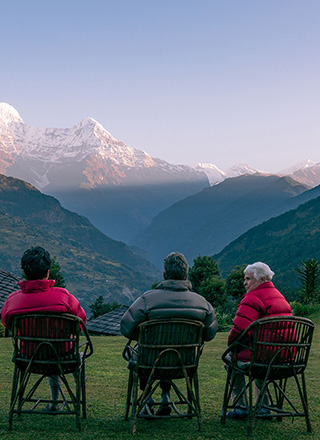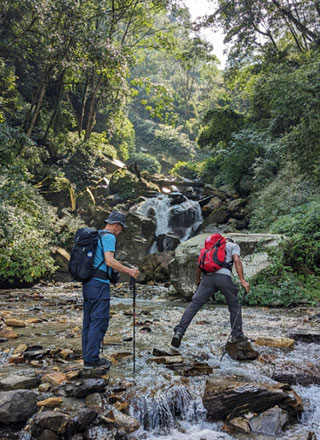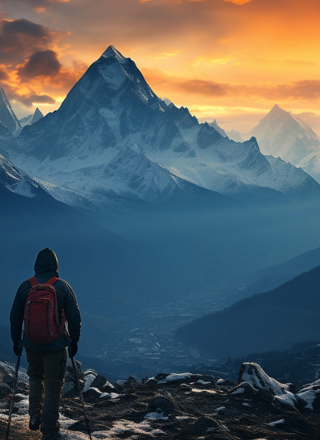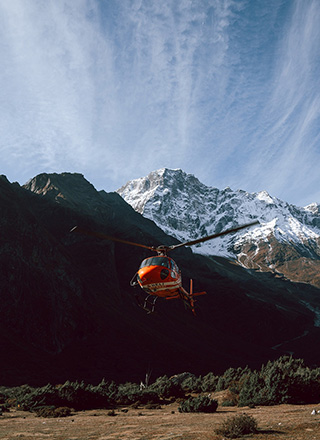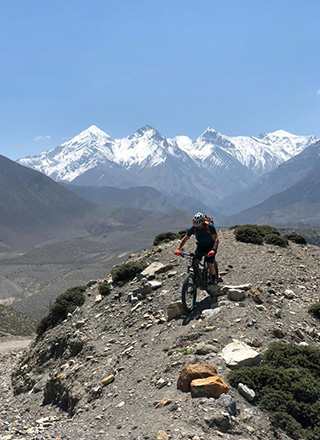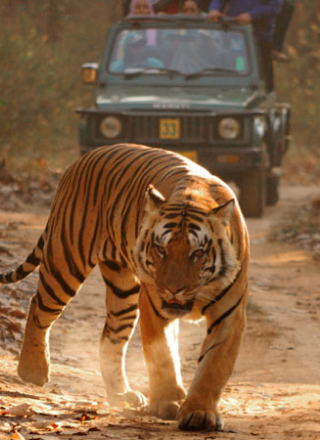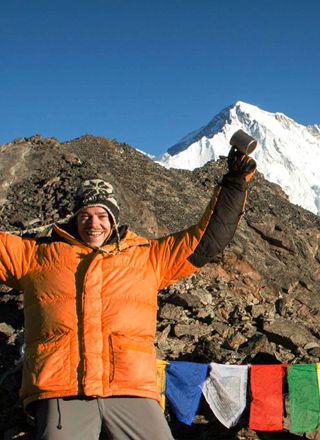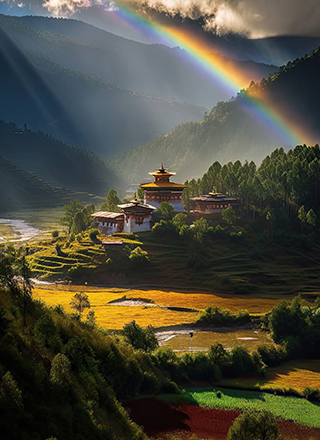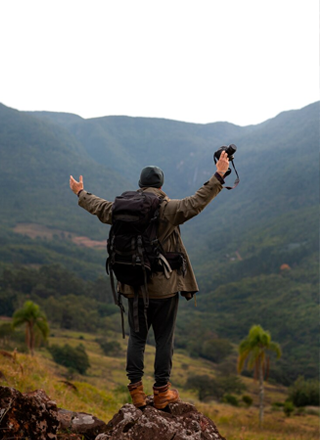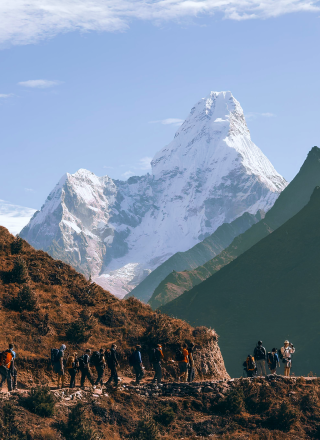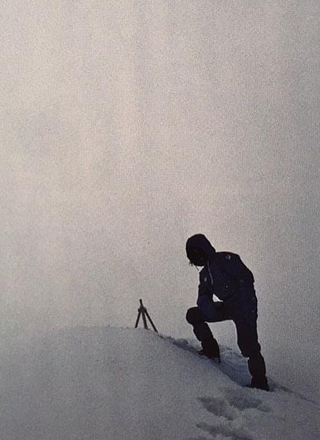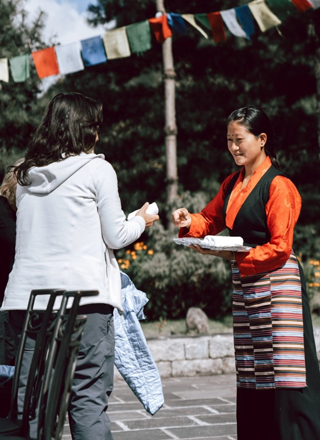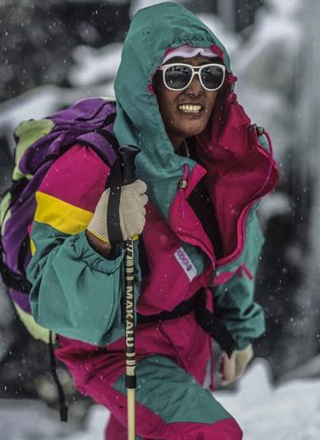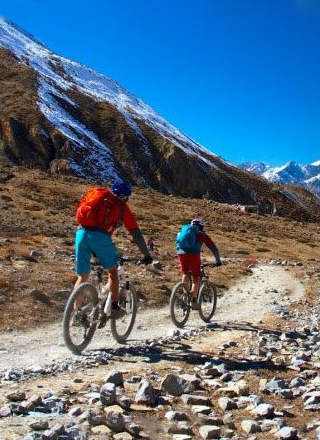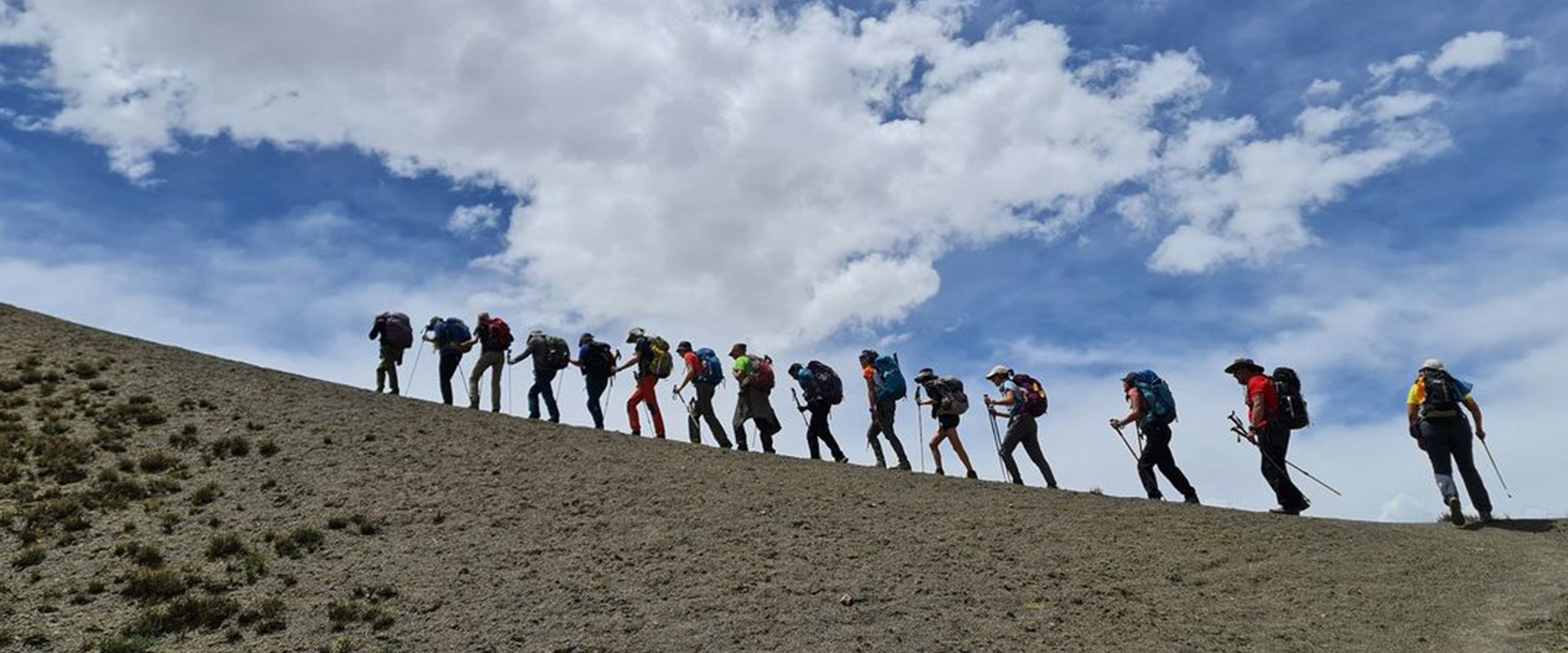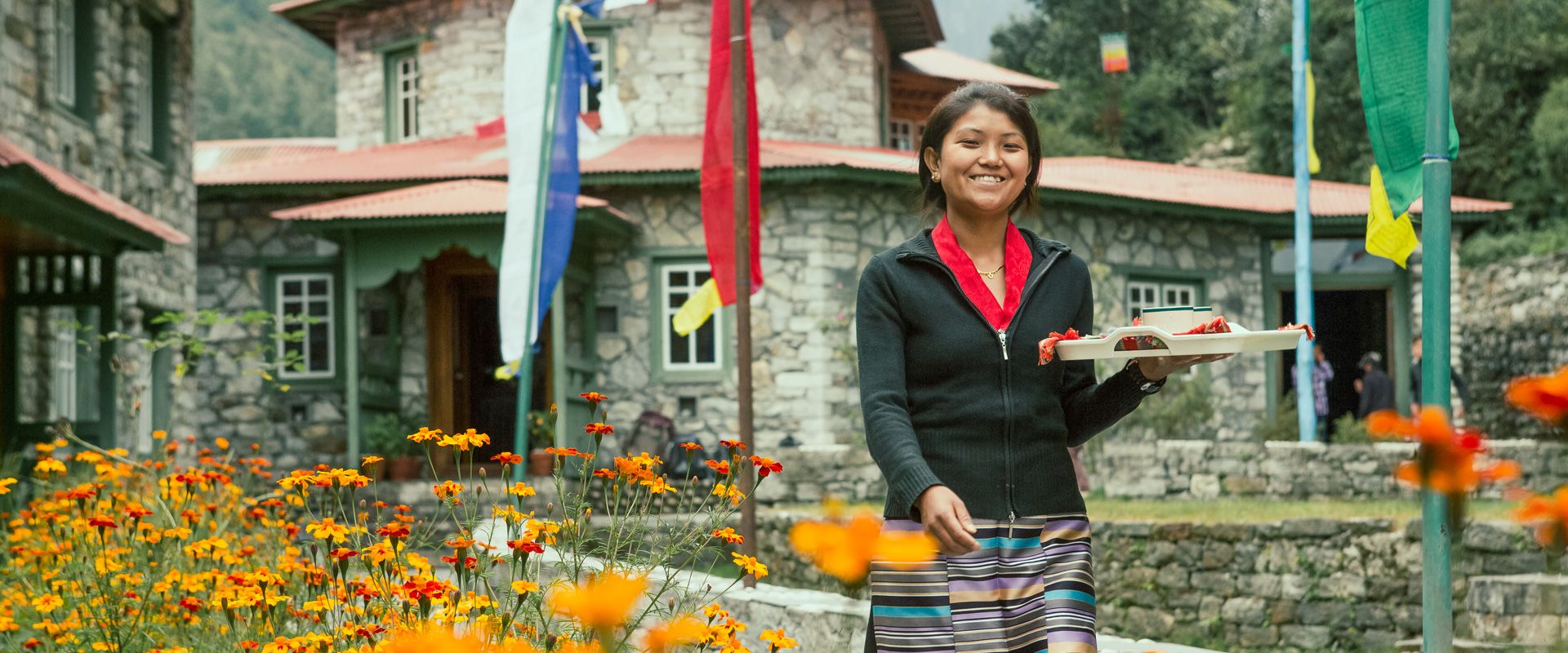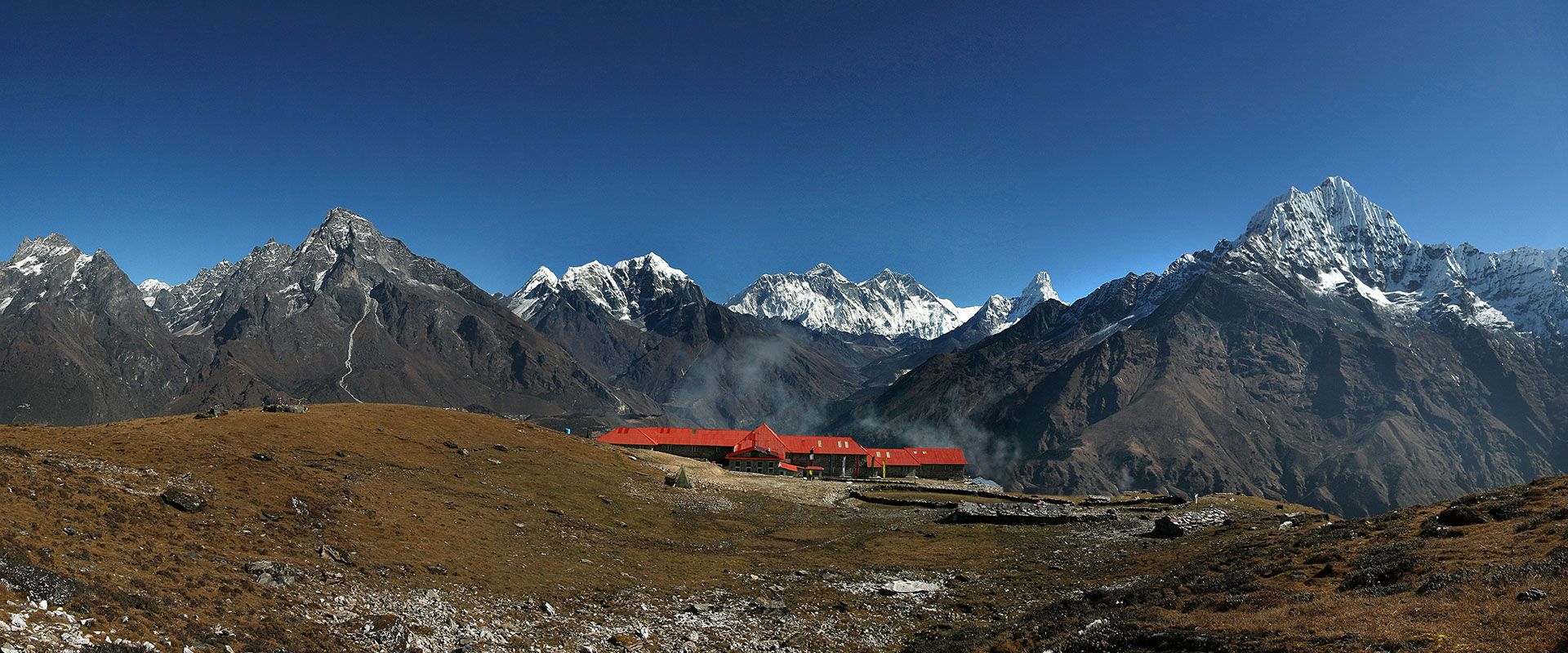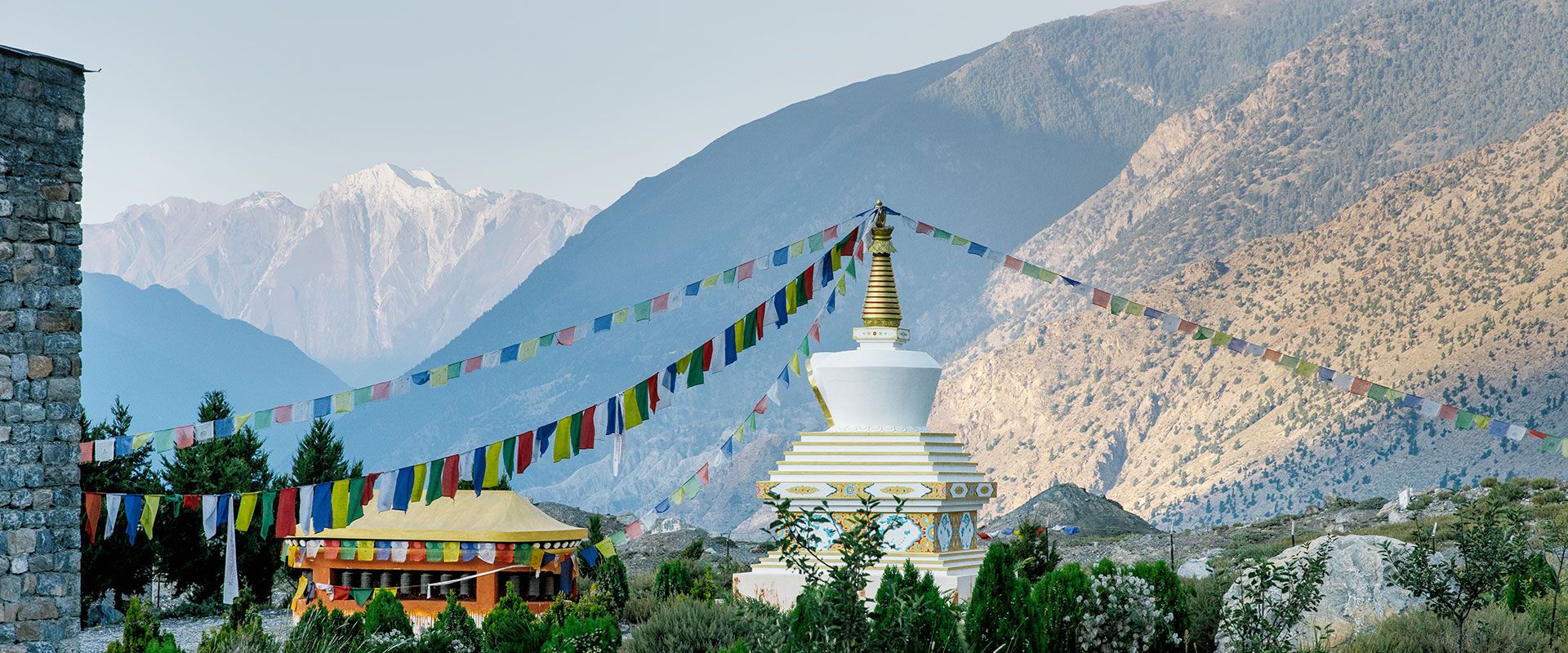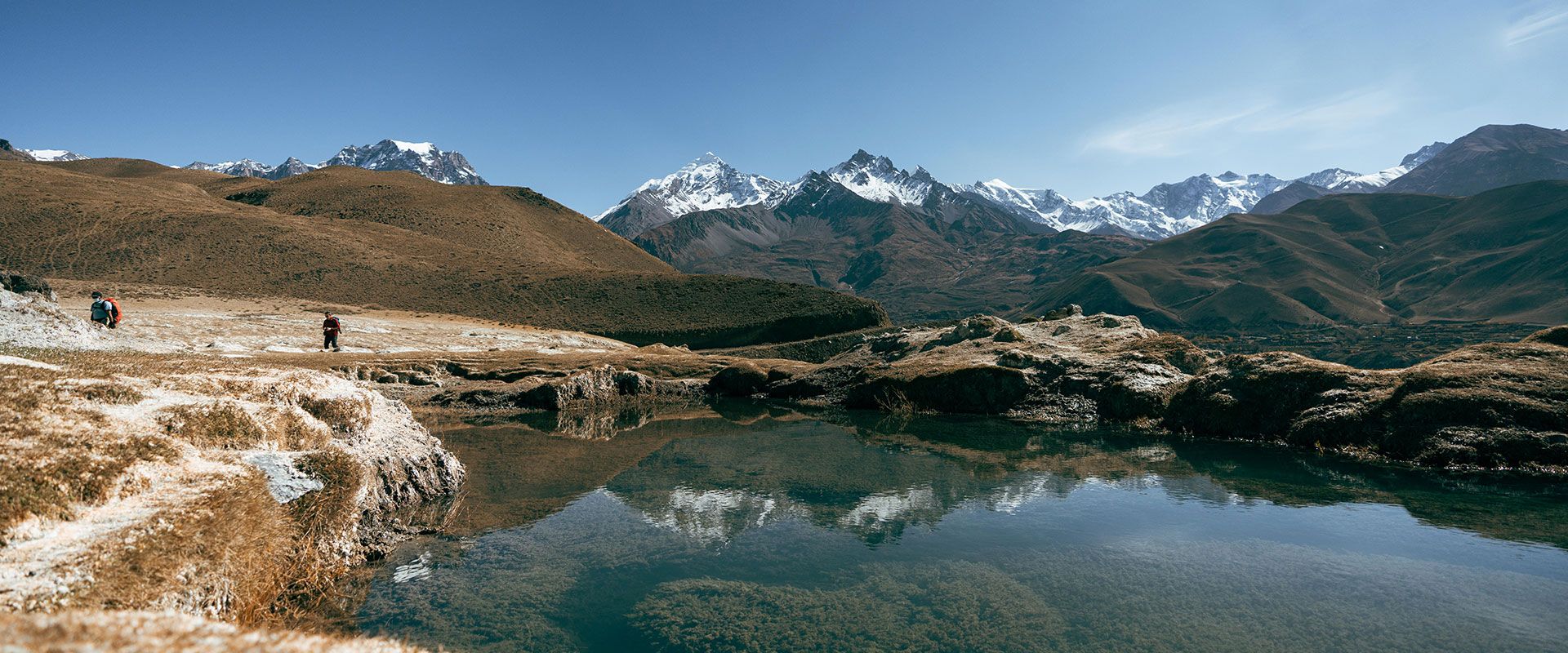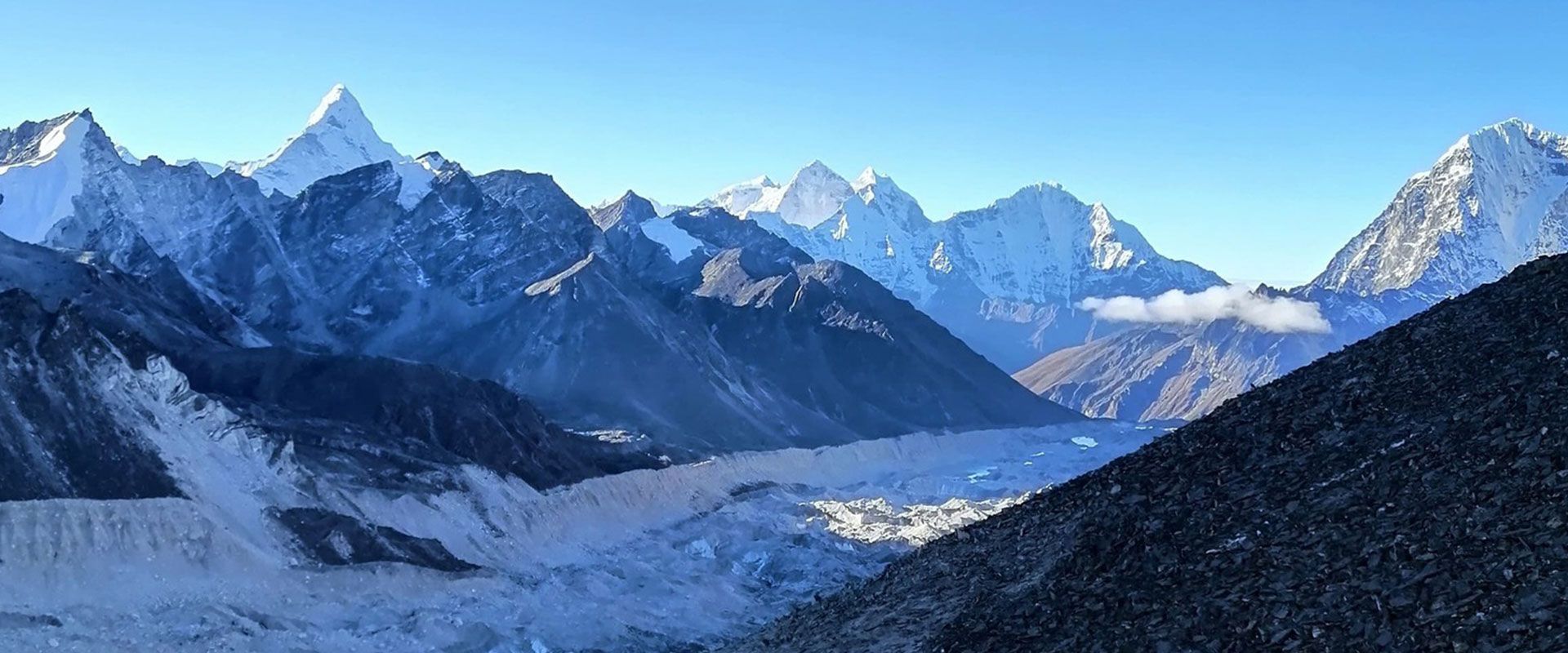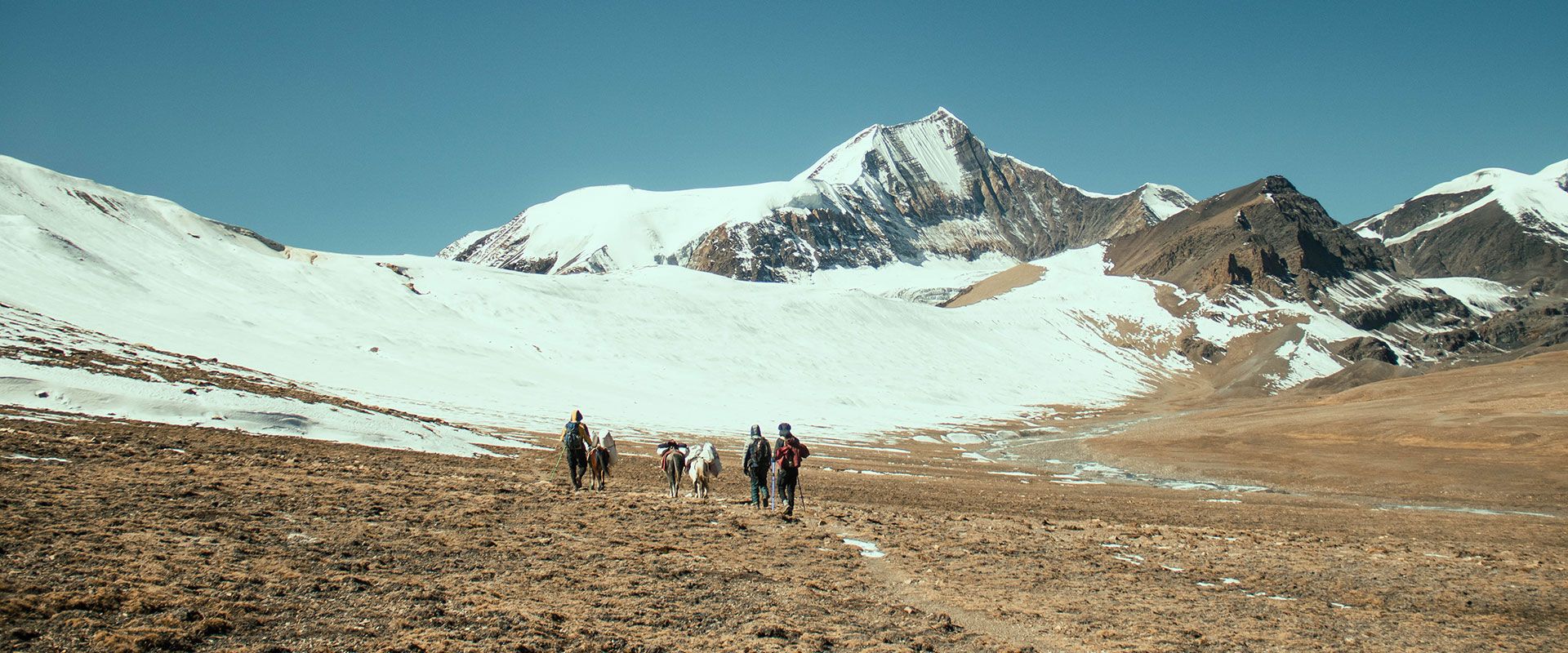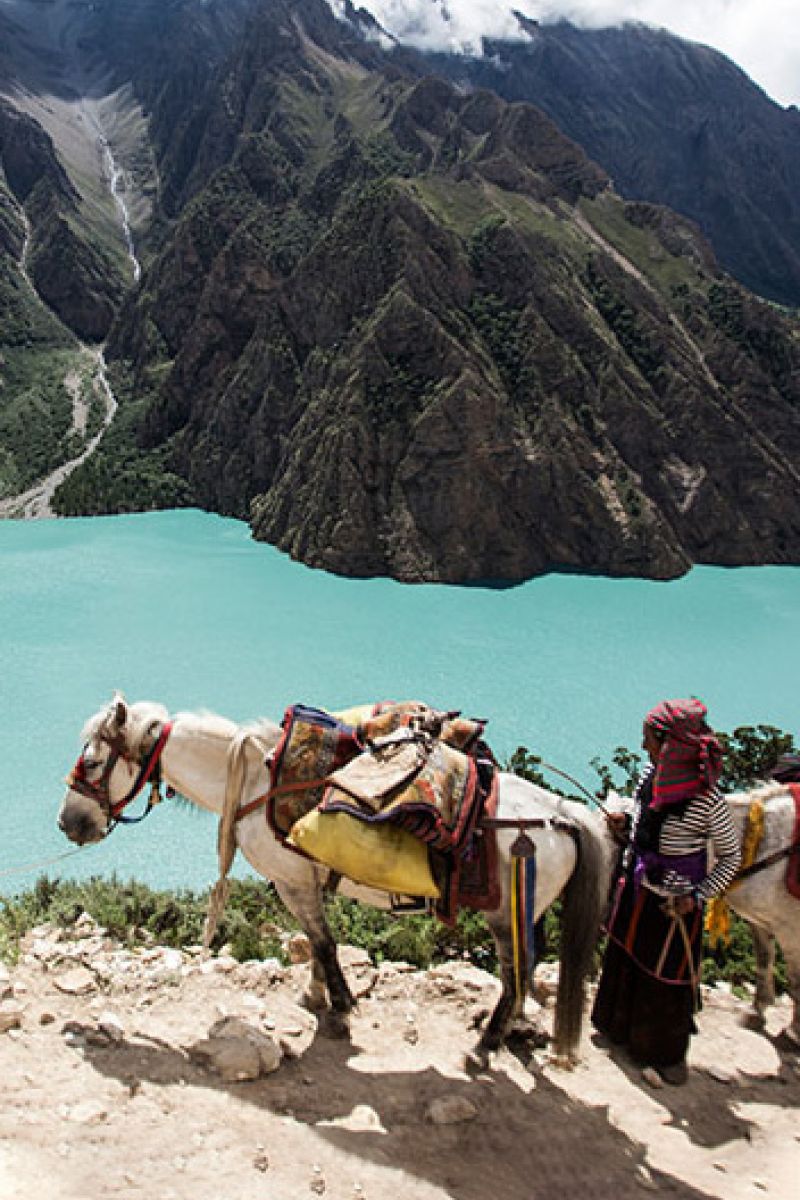- Travel Styles
- Destinations
- Signature & Charity Treks
- Special Project
- About Us
- Contact Us
28 days
27 Nights
Kanchenjunga Base Camp
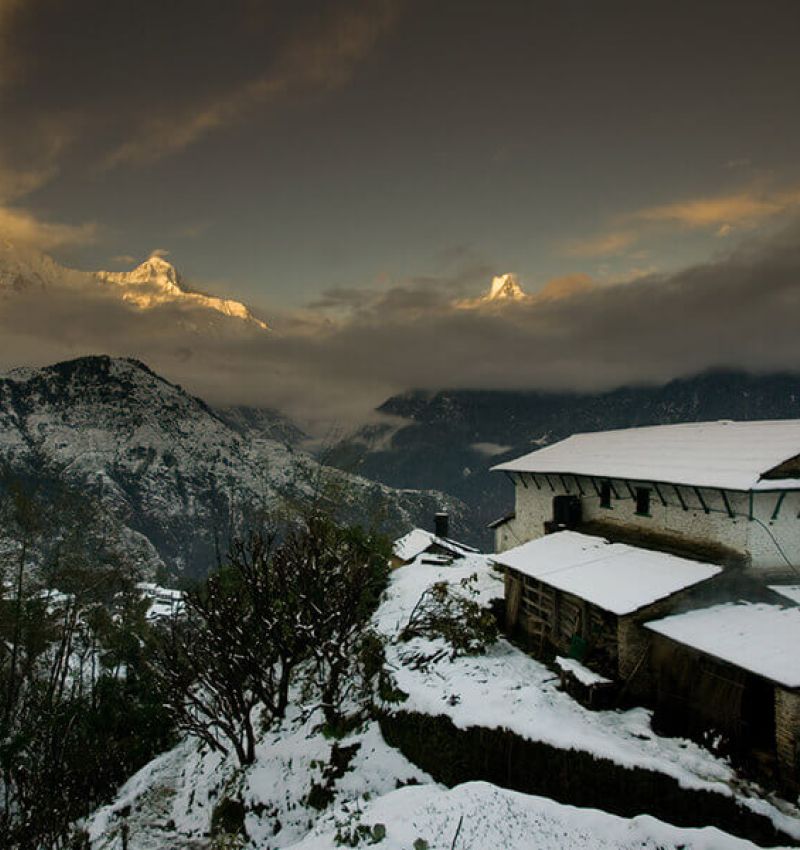
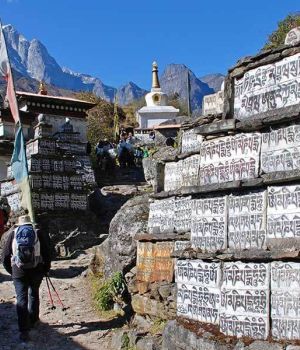
OVERVIEW
Kanchenjunga trek: remote, cultural diversity, wildlife
The second tallest mountain in Nepal, Mt. Kanchenjunga lies at the elevation of 8586m above sea level. The Kanchenjunga Base Camp trek is a remote trek which takes more than 2 weeks to accomplish. The trek provides opportunity to experience the local cultures of Rai, Limbu and Sherpa mostly along with rich and diverse landscape.
The trek region is situated at the north eastern part of Nepal along the borders of China and India and lies in the Kanchenjunga Conservation Area. Along with the diverse landscape, this area also boasts of wildlife including snow leopard, Himalayan black bear, musk deer and red pandas.
Trip Overview
Destination
Region:
Activity:
Max. Altitude:
Type:
Group size:
Difficulty:
Highlights
- Visit the base camp to Nepal’s second and World’s third highest peak.
- Experience the cultures of diverse ethnicity including Tibetan, Rai, Limbu and Sherpa.
- View of Kanchenjunga North from Pangpema Base Camp.
ITINERARY
TAILORED TRIP FOR YOU
Arrival in Kathmandu
Upon arrival in Kathmandu (1300m), you will be met by Thamserku representative and transferred to hotel.
Meals: D
Sightseeing in Kathmandu
The program will be – the Patan and Bhaktapur Durbar Square monuments with their wooden pagoda-temples, the Boudhanath or Swoyambhunath’s Buddhist sanctuaries and Pashupatinath Hinduist one where the cremations occur, not to speak of the many temples spread about along the crowded and busy streets of the antique city. Hotel.
Kathmandu – Biratnagar – Basantapur (2250m)
1 hours Twin Otter flight Kathmandu – Biratnagar, a Terai town near the border between India and Sikkim. From here we drive to 100km long track which climbs over the first hills. We will stop at Basantapur, the far end of the track, after a minimum of 5 hours, so we usually arrive in the night.
Meals: BLD
Basantapur – Chauki (2650m) – 4/5 hrs walk
Our caravans are made a day before and today morning under the Sirdar’s order. An important caravan, because we have to carry 22 days long autonomy. The first 3 days, the trail goes on a more or less wide ridge with super views of Makalu and Kangchenjunga ranges. Several tiny villages to be crossed: Tute, Dhorpani (2750m), Deorali and Chauki. Good campsite with Makalu overlooking the ridge.
Meals: BLD
Chauki – Gupa Pokhari (2870m) – 3/4 hrs walk
Most of the day’s hike is along the ridge with super views of Makalu (8481m), Chamlang (7317m), Kangch and Jannu. Few villages as Manglabari and Lama Pokhari. Campsite about 10 minutes away from Gupa Pokhari on the ridge. The view from the site is one of the best we can have during all the trek, especially the sunset over the Kangchenjunga.
Meals: BLD
Gupa Pokhari – Nesum (1460m) – 5/6 hrs walk
A 1h walk up to a high point, Deorali Serkabuje (2870m). From here the trail goes down for around 2100m height difference and stop at Nesum. We progressively leave the dense forest for rice fields. Kalopani, Gorga, and Kyantrapati are nice villages we pass through as we walk with triangular Jannu massif in front of us. We may see Suketar airport, our last trek point, perched on the other valley side.
Meals: BLD
Nesum – Doban (730m) – Mitlung (1010m) – 5/6 hrs walk
As we make a long zigzag descent to Doban, we pass rice fields, buffaloes and cob houses. We will cross two suspension bridges and arrive on the Tamur Kosi left bank.
Meals: BLD
Mitlung – Chirwa (1360m) – 4/5 hrs walk
Always alongside the Tamur gorge, sometimes so narrow that its rumbling water refrains us from talking. Today is a tiring hike along unstable slopes after Sinwa. A quite short day conditioned by the scarcity of campsites as we experience humid temperature.
Meals: BLD
Chirwa – Sakathum (1680m) – 4 hrs walk
From Chirwa the trail starts getting better. We will go past several suspension bridges, especially over the Simbua Khola, a torrent which springs up on the Kanchenjunga south face. The valley is getting more deep sided. Campsite in front of a teashop near the Ghunsa Khola, the river we will walk alongside till its spring. We get the impressive views of Ghunsa Khola gorges that we have to climb the day after. In the afternoon we can have an optional walk up to Sakathum high village.
Meals: BLD
Sakathum – Amjilassa (2550m) – 4/5 hrs walk
We will have a feeling of leaving for the unknown while entering the deep gorge. After a 1h balcony trail along the riverbed, the trail steeply climbs till Ghaiya Bari (2210m), a perched village. Then the balcony path goes on a perched and hanged trail across a breathtaking slope. We need to be careful here although the trail is horizontal and We will arrive at Amjilassa.
Meals: BLD
Amjilassa – Gyabla camp (2760m) – 3/4 hrs walk
Today we will not be coming across any villages and mostly forests along the route. It is said that during the monsoon, the bear lives in, searching food in these forests we have to cross out. After a way down from Amjilassa to the riverside, we will be walking for about 2 hours alongside its rumbling water. In the afternoon we walk up to Gyabla, a Tibetan village. The atmosphere starts changing. As we move further up we will notice the humid weather is gone and begin to feel the cold weather and in the upper valley, we can see the first snow covered peaks.
Meals: BLD
Gyabla camp – Ghunsa (3470m) – 4/5 hrs walk
Today, we make an easy way up through the forest and alongside Ghunsa River. Behind prayer flags bedecked big rock, making a natural entrance, a new landscape stands out and we enter the Kangchenjunga area. We will go pass a rhododendron forest covered nice valley before arriving at Phere, a Tibetan village where we visit the two Gompa. The trail continues along irrigation canals, well kept by the villagers, amidst larch and trees. Soon Ghunsa, a nice Tibetan village, appears. We will camp at the yak pasture. Visit of an old temple, built by monks from Tibet at the XVII-XVIIIth century, on the way out of the village.
Meals: BLD
Ghunsa – Khambachen (4100m) – 4 hrs walk
We walk for about 2 hours alongside the left bank, on an easy trail across a nice conifer trees forest. We will cross the river on a wooden bridge (3780m) from where the trail starts to climb. At around 4100m, it’s a dangerous passage across an exposed part where the rocks keep falling. Soon the Jannu appears! Arrival at Khambachen village, inhabited only during the good season. Sunset over the vertiginous Jannu north face (7710m), the mysterious terror peak, a central pole of the eastern Nepal Limbus’ cosmologic world.
Meals: BLD
Khambachen – Lhonak (4750m) – 4/5 hrs walk
Easy walk across pastures as we approach again the frontal moraine of Kanchenjunga glacier. The trail is marked by stone cairns put here by yak breeders. We go pass big waterfalls, sometimes with snow bridges to cross. At Ramtang, a Tibetan high pasture camp, we have a rest. A short walk before reaching Lhonak beautiful pastures side of a huge glacier. It gets very cold in the night with the temperature going down to -20 degrees
Meals: BLD
Lhonak – Pang Pema (5120m) – Lhonak – 6/7 hrs walk
Today we walk an easy way staying towards the right side of the Kanchenjunga glacier. A 3h 30 walk for reaching Pang Pema, base camp for the Kanchenjunga expeditions. At the bend of the Kanchenjunga huge north glacial cirque, we enter the sacred universe of the world third summit, the gigantic north ice wall with step glaciers. We will take lunch at Pang Pema. An optional climb of a hill towering Pang Pema (1h go and back), for a view of Jinsen Ri (7483m), between Nepal, Sikkim, and Tibet. We return back to Lhonak.
Meals: BLD
Lhonak – Khambachen – Ghunsa (3470m) – 6 hrs walk
We take our way down on a trail we have already used. We arrive at Ghunsa during the afternoon.
Meals: BLD
Ghunsa – Seleley camp (4210m). 3h30.
At first, we cross a moss covered forest giving a strange atmosphere. At around 3950m, we will go past a small clearing at Tamo La pass level. The view is progressive and gets clearer and we reach Selele pass (4180m). Half an hour later, we settle our camp on a flat.
Meals: BLD
Seleley camp – Sinion la (4600m) – Mirgin la (4620m) – Tseram (3900m) 5 hrs walk.
Today we go on the other hillside. Crossing 2 passes: the Sinion La and the Mirgin La, marked by many prayer flags. A steep descent to the bottom of the valley where we settle our camp at Tseram. We don’t have Lapsang La (5140m) crossing for many reasons: the way down that pass to the small lake at the foot of the moraines, a 300m height difference, is very hard, even dangerous for the porters across a huge scree. What’s more, the view going down from the Mirgin La is far more beautiful.
Meals: BLD
Tseram – Ramche (4460m) – Oktang (4800m) – Ramche – 5 Hrs Walk
An easy walk till Lapsang (the Lapsang La pass down point) for about 2 hours from where we reach between the frontal moraine and the lateral one of the Yalung glacier, we reach in 45 minutes a two huts hamlet: Ramche. Porters will stop here. We walk for one and half hour of easy walk up along the pasture delimited by the lateral moraine till Oktang. We arrive at the Kanchenjunga mineral universe with the gigantic Yalung glacier. At a bend, we will see the 5 heads a sacred crown of the Kanchenjunga. The last meters are still left alone out of respect for the deity which is given celebration every year by Sikkim inhabitants. We take an hour way down back to Ramche with a generally a tremendous sunset over a majestic mountains cirque.
Meals: BLD
Ramche – Tseram – Torontan (3000m) – 5 Hrs Walk
Back to Lapsang, then way down the ablation zone of Yalung glacier, for reaching the humid pastures of Yalung and Tseram. The trail goes across a forest from here. We camp at Torontan, right bank of the Simbua Khola. In the night, the temperature will get milder.
Meals: BLD
Torontan – Lamite Bhanjyang (3420m) – Omje Khola Camp (2340m) – 4/5 Hrs Walk
Crossing a wooden bridge, we go on to the right bank of the Simbua Khola, across bamboo forests. An about 500m mountain ascent to reach the Lamite pass (3420m) in 2h, where we have a nice view of Jannu and Kangchenjunga. We walk down to down to Chittre.
Meals: BLD
Omje Khola Camp – Yamphudin (1710m) – Mamankhe (1810m) -5 Hrs Walk
Today we cross the Omje Khola on a shaky wooden bridge. A short way up till the Dubi Bhanjyang pass at 2360m. Then a steep walk down to the bottom of the Kabeli Khola valley. Arrival at Yamphudin village, called Yangkhutang by the Tibetans. A village inhabited by Sherpas, Tibetans, and Gurungs. An up and down balcony path leads us to Mamankhe nice village. On the way, we can use a real suspension bridge. Those who are too much impressed may avoid it while going down to the bottom of the thalweg and backing up!
Meals: BLD
Mamankhe – Bhanjyang (2160m) – 5/6 Hrs Walk
From Manankhe, the trail goes down to a suspension bridge (1550m) from where we take a steep ascentto Phonpe (1880m). We get to see the Jannu mountain looming up above the skyline from where a balcony trail goes down easily to Yangprang (1650m). We change direction for a new climb. At Phun Phun (1820m) we can see now Kanchenjunga summits. We continue a long crossing through a tropical forest till Keswa. At the level of Bhanjyang village (which means pass in local language), we settle the camp on a panoramic viewpoint.
Meals: BLD
Bhanjyang – Lali Kharka (2250m) – 4 Hrs Walk
A 1h 30 long way down to the bottom of the Pha Khola valley (1430m). On the way, we will visit a very nice village called Khunjari. Terraced rice fields stretch away endlessly. Then the trail goes up again on the opposite hillside as we pass through different villages as Pokhara, Shimu, Thembewa. Camp at the forest trees line, near a rudimentary tea shop.
Meals: BLD
Lali kharka – Suketar (2400m) – 2/3 hrs walk
Our last day trekking through a forest to a kind of pass at around 2600m. Again the Kanchenjunga snow-covered summits tower above the other peaks. Trees are replaced by pastures and soon we can see Suketar airport. Camp in the airport premises. Those who want may go down to Taplejung (1h way down, 1h 30 backup). We enjoy our last day with our Nepali staff that will leave us tomorrow.
Meals: BLD
Fly back to Kathmandu
The flight back to Kathmandu takes about 50 minutes depending on the weather condition. Upon arrival, you will be met by Thamserku representative at the domestic airport and transfer you to the hotel.
Meals: B
Free day in Kathmandu
You can enjoy your day after the long trek drinking beer or stroll around Thamel. In the evening you will be transferred to Le Sherpa Restaurant for Dinner.
Meals: BD
Final departure
As per your flight time, you will be transferred to the airport.
Included
- 4 nights in Kathmandu Hotel as per program on Bed & Breakfast basis
- 23 nights camping as per program on Full Board
- Flight: Kathmandu-Biratnagar-Suketar-Kathmandu
- All camping and kitchen equipments and meals during the trek
- National Park Fees & TIMS Permit Fee
- 1 full day sightseeing in Kathmandu with english speaking guide
- 1 English Speaking Guide (from Kathmandu)
- 1 porter for every 2 members
- All staffs insurance & daily wages
- All Airport transfers
Not Included
- Lunch & Dinner in Kathmandu
- Personal Equipment & Insurance
- Personal Expenses (Battery recharge on local lodge, laundry, telephone, etc)
- Nepal Visa fee US $40 per person
- Emergency Evacuation if required
- Other personal Expenses
- Tips for Staffs
ACCOMMODATIONS
WHERE YOU WILL STAY
This tour spends four nights in a hotel in Kathmandu and twentry three nights on the trek in tents on sharing basis.
In Kathmandu we normally use a 3-star hotel, located within walking distance of the Thamel.
On the trek, we will stay in two men tents with our kitchen staff preparing the meals including breakfast, lunch and dinner. During long day walks, we might have to prepare packed lunch in the morning and carry with us.
FAQs
ESSENTIAL INFO
adventure that speaks to your heart.
Most nationalities require a visa for Nepal, which can be obtained in advance or on entry. If you wish to apply before departure the current visa cost is £20 for a 15 day visa and £35 for a 30 day visa for UK passport holders. The current cost of a visa on arrival is US $25 for 15 days, US $40 for 30 days or if extending your stay $100 for 90 days. All are multiple entry. The visa on arrival fee can be paid for in cash in US Dollars, Pounds Sterling or Euros. You will also need a passport photo. Application forms are available in the immigration hall (or for electronic passports there are visa registration machines which, after inserting your passport, automatically fill out a form for you). You must firstly join the queue to pay the visa fee, and then go to the relevant immigration desk to obtain your 15, 30 or 90 day visa stamp. There can be long queues for visas on arrival.
Non UK nationals should check requirements with their nearest embassy (a few nationalities are not permitted visas on arrival).
There are no mandatory vaccination requirements. Recommended vaccinations are: Polio, Tetanus, Diphtheria, Typhoid, Hepatitis A. The risk of malaria is present in certain regions only (such as Chitwan); you may wish to consult your GP or travel health clinic for further advice. Dengue fever is a known risk in places visited. It is a tropical viral disease spread by daytime biting mosquitoes. There is currently no vaccine or prophylaxis available for Dengue, and therefore the best form of prevention is to avoid being bitten. We recommend you take the usual precautions to avoid mosquito bites. Most of our trips to Nepal go to high altitudes where there is a risk of being affected by Acute Mountain Sickness. Our itineraries are designed to enable everyone to acclimatise to these altitudes, but you should be aware that it is still possible for you to be affected. Please refer to the TRIP NOTES for complete advice on AMS.
Breakfast is included throughout the trip and all meals are provided while camping (all breakfasts, 3 lunches and 2 dinners).
Breakfast is included throughout the trip and all meals are provided while camping. On trek the breakfast will be a set menu usually consisting of porridge and toast. Any additional items that are not included in the set menu should be ordered and paid for separately. We do not include lunch and dinner in the tea-houses, allowing you to choose what you want to eat and when. Although most lodges have almost identical menus, they are reasonably extensive and offer a varied selection, ranging from traditional Nepalese dal bhat to pizza and apple pie.
Although meat is available in the tea houses, we advise against eating it on trek. The meat has often been carried in the heat from lower altitudes for several days before reaching the lodges, and can cause stomach upsets or illness. Germs can also be spread by handling dirty money – we recommend using hand sanitiser.
If you buy imported food and drink whilst on trek you will spend more than the suggested amount.
Drinking Water
Staying hydrated is important when undertaking any physical activity but particularly so at altitude where it is generally recommended to drink at least 3-4 litres per person per day.
We strongly encourage you not to buy bottled water on trek as this contributes to the growing problem of plastic pollution in Nepal’s trekking areas.
All tea houses will provide cold water free of charge, if requested. Although this should not be drunk untreated, we recommend that you bring a reusable bottle with a wide opening (Nalgene or similar) with you and use a SteriPEN to treat it with. A SteriPEN is a handheld UV water purifier – small, lightweight and battery powered so easy to pack for a trek. In Nepal’s trekking regions most of the bottled water isn’t strictly ‘mineral water’ anyway but is UV treated, so it’s exactly the same technology. It’s quick to use, far more effective than purification tablets, and the water is ready immediately. It’s fine to use a SteriPEN on non-boiled water so long as it isn’t cloudy or full of sediment (which is uncommon in these regions).
SteriPENs are widely stocked on Amazon, outdoor shops and other online retailers; look for the latest models but avoid USB charging ones. Better still, a SteriPEN will pay for itself over the course of the trek and you won’t leave behind a single plastic bottle – you will end up spending the same or even less than you would on bottled water, plus you can keep it for future trips.
If you prefer not to invest in a SteriPEN, the tea houses also sell boiled water for approx. Rs150-300 per litre (the price increases the higher you trek) which should not require treating. This is also perfect for a bedtime refill as it can double up as a hot water bottle.
While camping boiled water is supplied for drinking.
The main trekking season in Nepal is from October to mid-May when daytime temperatures at most altitudes are generally comfortable for walking, the sky is clear much of the time and rain and snow are occasional occurrences. Daytime temperatures will vary from 15ºC to 35ºC in the Kathmandu Valley to around 10ºC at 3,600m and progressively lower the higher we go.
Different seasons offer different advantages for trekking.
Post Monsoon/autumn: Mid-September to November. This is the main trekking season in Nepal. Day temperatures in Kathmandu are approximately above 20ºC. Skies are usually clear and days on trek are sunny and mild with clear mountain views. At the highest altitudes although the days can be nice and sunny the temperatures can drop to 10ºC and much lower. Nights will be colder with temperatures dropping as low as minus 10ºC and lower at the highest altitudes.
Pre-monsoon/spring: March to May. Both day and night temperatures will be warmer in general but haze will often build up in the afternoons. It is very hot in the lowlands and temperatures rise to 35ºC in Kathmandu. Flowers bloom in this season and this is one of the reasons people chose to trek in spring.
Snow can be expected on any departure, usually at the higher altitudes. Summit day will be a very early start (usually about 2am) and will be extremely cold. Although mostly it is calm and clear on summit day the mountain does occasionally get high winds. You need to be equipped for temperatures as low as minus 25ºC plus wind chill on summit day.
Please remember that in any mountain area the weather is never wholly predictable and you should be prepared and equipped to deal with any differences in weather beyond the conditions described above.
ESSENTIALS
EQUIPMENT CHECKLIST
Ensure you have all the essentials to make your trip
safe and enjoyable.
Body Wear
- Gore Tex Jacket
- Gore Tex Pant
- Hiking pant
- Fleece trouser and jacket or warm jumper – Recommended not thick but warm enough that fits inside the Gore Tex pant
- Anti-sweat T-shirtEarmuffs/Ear warmers (optional)
- Thermal inner trouser
- Down jacket with hoodie
- Thermal inner trouser
- Down jacket with hoodie
Head Wear
- Sun Hat/Normal cap
- Fleece or woolen hat
- Earmuffs/Ear warmers (optional)
- Sunglasses with UV protection
- Buff Scarf / thin face mask
Hand wear
- Fleece or woolen thin gloves
- Expedition shell gloves
- Gore Tex mitten gloves
Other Equipments
- Sleeping bag (comfort rated – 15ºC)
- 30 Litre Rucksack with cover
- Large size Duffel Bag with padlock
- Headlamp with spare batteries
- Water bottles 1 Litre X 2
- Thermos
- Basic First Aid Kit including: antiseptic cream, throat lozenges, diarrhea treatment (Imodium), altitude (Diamox), painkillers, plasters and blister treatment, insect repellent, and re-hydration salts (Dioralite). Glucose tablets and multi-vitamin tablets are also a good idea.
Washing kit & Toiletries
- Waterproof washing kit bag
- Towel – medium size
- Washing soap, towel, tooth pest, tooth brush etc.
- Sun Lotion Enough +30SPF (including total bloc for lips, nose etc.)
- Hand wash & sanitizer
- Toilet paper (you can buy this in the lodges)
- Wet tissue
Foot Wear
- Trekking boots
- Hollow Out Outdoor Slipper
- Trekking socks (4-5 pair)
- Snow Gaiter
Optional Items
- Trekking poles
- Trainers or similar for use in the lodges
- Shorts
- Base layer leggings
- Gaiter
- Sleeping bag liner
- Pillowcase
- Ear plugs (particularly if you are not the one snoring)
- Travel clothes
- Camera
- Pen-knife (remember to pack sharp objects in hold baggage)
- Repair kit – (egg. needle, thread, duct tape)
“Six out of Six”
Yeti Mountain Home Thame was the third of six Yeti Mountain Homes we stayed in. Loved the ambiance. Loved the village. A huge bedroom. Once again – brilliant food and warm welcoming staff. The decor was stunning and the house arrangement interesting.
LOIS OMAN

“Six out of Six”
Yeti Mountain Home Thame was the third of six Yeti Mountain Homes we stayed in. Loved the ambiance. Loved the village. A huge bedroom. Once again – brilliant food and warm welcoming staff. The decor was stunning and the house arrangement interesting.
LOIS OMAN

“Six out of Six”
Yeti Mountain Home Thame was the third of six Yeti Mountain Homes we stayed in. Loved the ambiance. Loved the village. A huge bedroom. Once again – brilliant food and warm welcoming staff. The decor was stunning and the house arrangement interesting.
LOIS OMAN

FEATURED JOURNEYS
ALSO SEE THESE TRIPS
We have handpicked some of our favourite iconic Nepal trips we think you will love.
ENQUIRY
CONTACT OUR TRAVEL EXPERTS
within 24 hours.
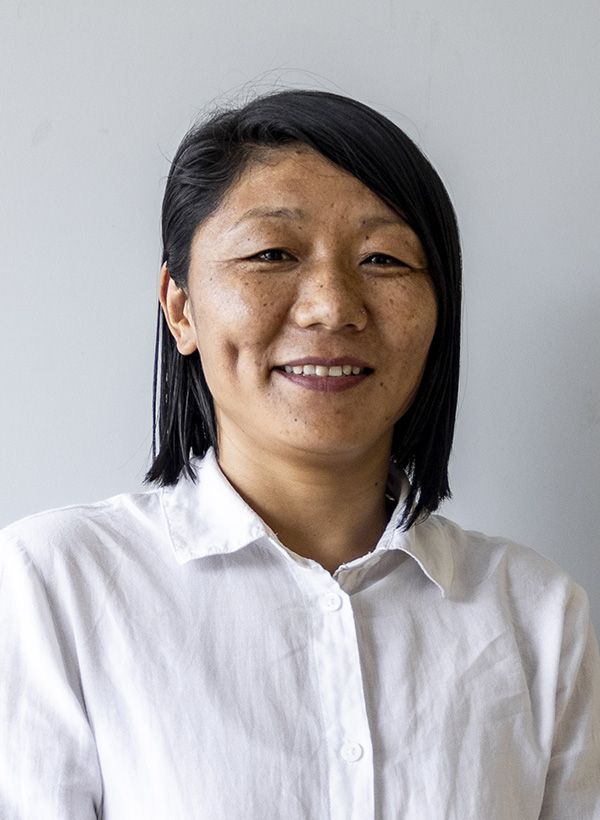
NIRMALA GURUNG 
+977 9801223978
nirmala@thamserku.com
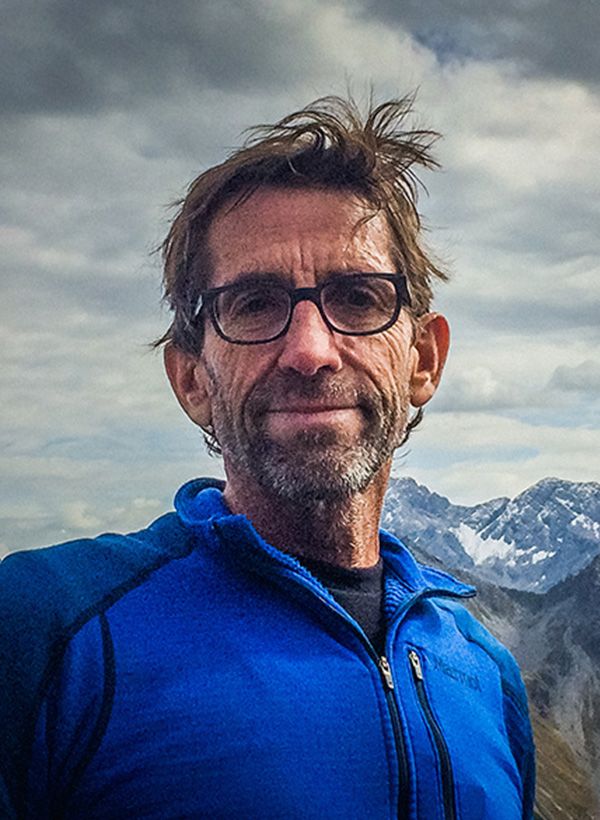
MICHAEL SCHOTT 


+49 174 9755492
m-schott@neumann-grafik.de
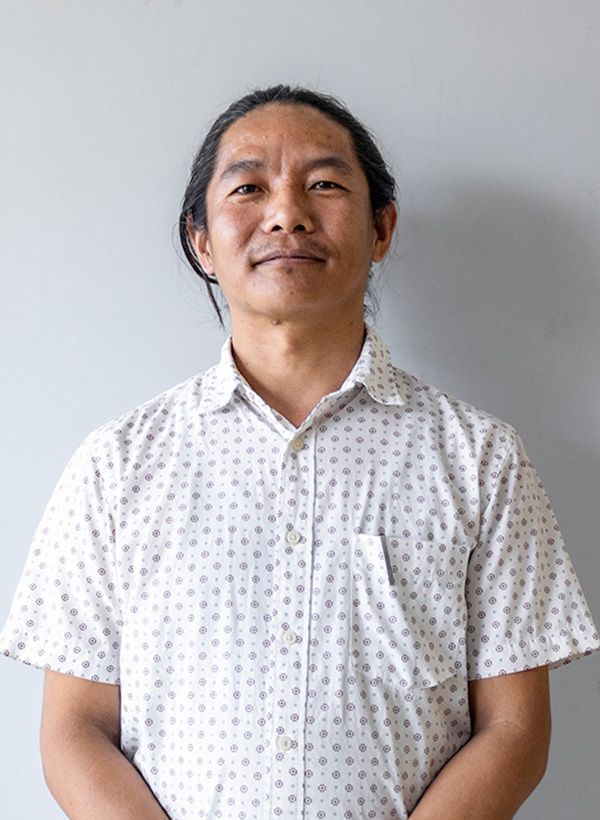
KUMAR RAI 
+977-9801236280
kumar@thamserkutrekking.com
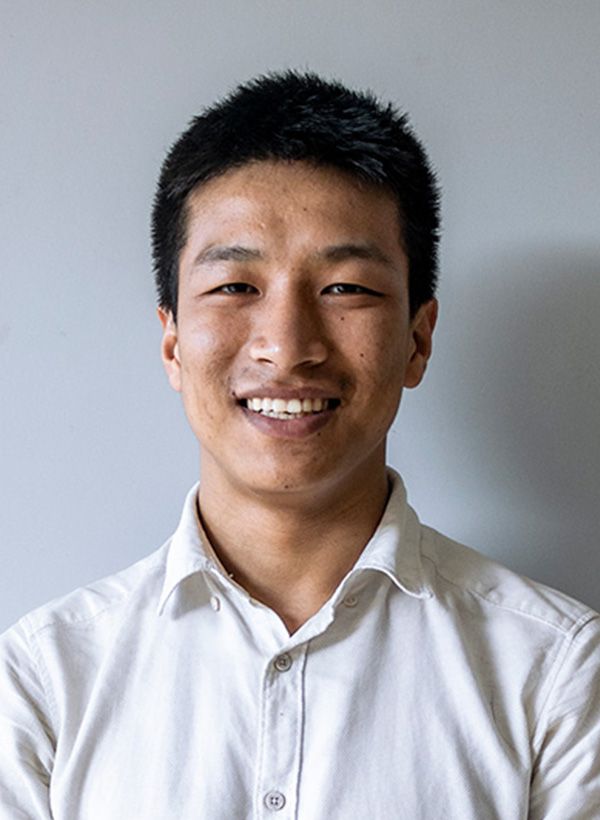
NIMTE SHERPA 
+977-9801223977
info@thamserkutrekking.com
BOOK YOUR TRIP BOOK YOUR TRIP BOOK YOUR TRIP BOOK YOUR TRIP BOOK YOUR TRIP BOOK YOUR TRIP BOOK YOUR TRIP BOOK YOUR TRIP BOOK YOUR TRIP BOOK YOUR TRIP BOOK YOUR TRIP BOOK YOUR TRIP BOOK YOUR TRIP BOOK YOUR TRIP BOOK YOUR TRIP BOOK YOUR TRIP BOOK YOUR TRIP BOOK YOUR TRIP BOOK YOUR TRIP BOOK YOUR TRIP BOOK YOUR TRIP BOOK YOUR TRIP BOOK YOUR TRIP BOOK YOUR TRIP BOOK YOUR TRIP BOOK YOUR TRIP BOOK YOUR TRIP BOOK YOUR TRIP BOOK YOUR TRIP BOOK YOUR TRIP BOOK YOUR TRIP BOOK YOUR TRIP BOOK YOUR TRIP BOOK YOUR TRIP BOOK YOUR TRIP BOOK YOUR TRIP BOOK YOUR TRIP BOOK YOUR TRIP BOOK YOUR TRIP BOOK YOUR TRIP BOOK YOUR TRIP BOOK YOUR TRIP
